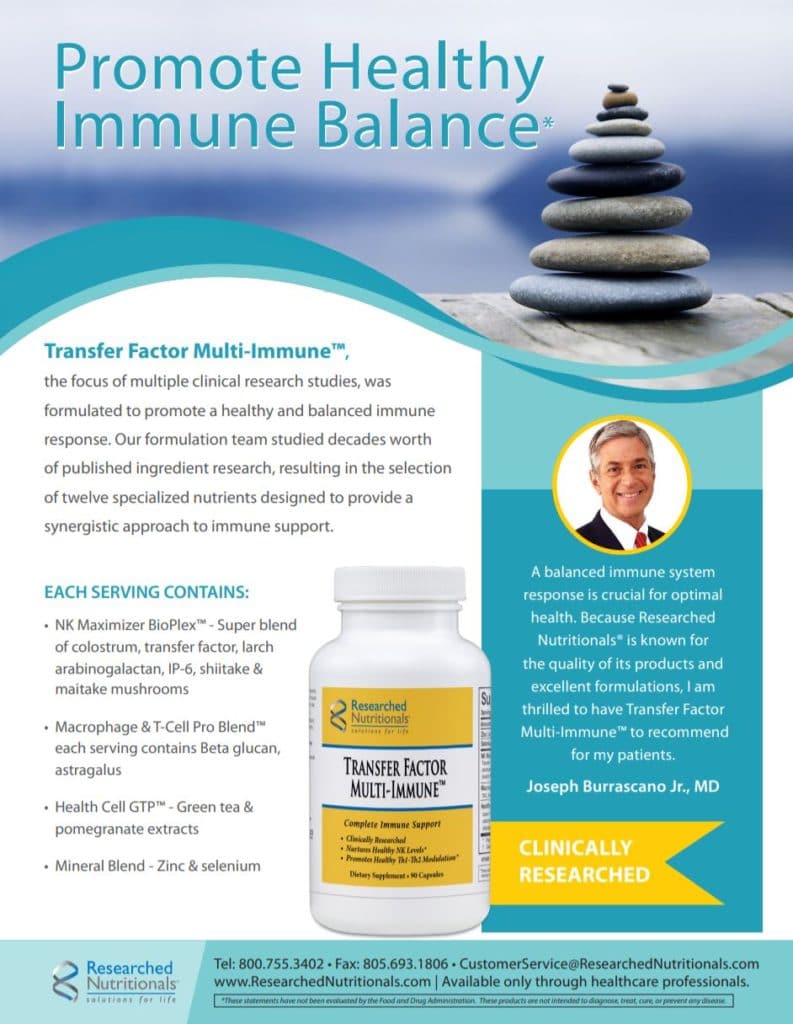…article continued:
From the beginnings of Applied Kinesiology, practitioners have observed an association between muscle-joint function and visceral-autonomic dysfunction. It is exciting to see accumulating research and developing models from a wide range of academicians and clinicians converging toward concurrence with the field of Applied Kinesiology. This development will, ideally, lead to more coordination with physicians from other fields and backgrounds to work synergistically with clinicians utilizing Applied Kinesiology methods in the treatment of patients with functional illnesses. In fact, it was Dr. Astill-Smith who invited Dr. Jeffrey Bland, the father of functional medicine, to an early AK/functional medicine seminar in Bath, UK in the early 1990s, after which Astill-Smith was invited to present AK to the first International Conference of the Institute of Functional Medicine in America.
Evidence-based medicine, basic science, and clinical outcomes data now exist to support the assessment and treatment (frequently co-treatment with other specialist physicians) for patients with disorders of the nervous, autonomic, neurohormonal, immune, respiratory, circulatory, and lymphatic systems using Applied Kinesiology methods. The objective of this work is to prevent illness, ameliorate suffering, and to help patients reach their full potential.
Janet Travell, MD
Myofascial trigger point (MTrP) weaknessoccurs when a muscle cannot fully activate all of its contractile fibers because of the presence of a trigger point. The importance of this observation, that motor dysfunction and particularly muscle inhibition are present in muscles housing MTrPs cannot be over-estimated. The weakness results from reflex motor inhibition and may occur without atrophy of the affected muscle, emphasizing Travell’s insight that the MTrP is directly influenced by the CNS and vice versa. A few investigators have reported on the effects of MTrPs on muscle activity using newer online computer analysis of EMG amplitudes. These reports indicate thatMTrPs not only influence the muscle in which they reside, but that their influence can be transmitted through the CNS to other muscles.22 According to Simons and Travell “the motor effects of MTrPs may be the most important influence they exert, because the motor dysfunction they produce may result in overload of other muscles and spread the MTrP problem from muscle to muscle.”
Critically important is that according to Travell and Simons, an active trigger point will inhibit the function of the muscle in which it is housed as well as those which lie in its target zone of referral.21 Therefore the weak muscle may be where the MTrP resides or in a muscle which experiences referred pain from the MTrP, or both. “Although weakness is generally characteristic of a muscle with active myofascial trigger points, the magnitude is variable from muscle to muscle, and from subject to subject. EMG studies indicate that, in muscles with active myofascial trigger points, the muscle starts out fatigued, then fatigues more rapidly, and finally becomes exhausted sooner than normal muscles.”22

observed in exercised muscles with TrPs. The involved
muscle shows a degree of fatigue at the beginning of a
repetitive task, with accelerated fatigability and delayed
recovery. These features are hallmarks of the motor
dysfunction of muscles containing MTrPs. Using
electromyographic evidence 21 has shown that myofascial
trigger points “cause reflex spasm and reflex inhibition
in other muscles, and can cause motor incoordination
in the muscles with the trigger point.
The figure to the left illustrates schematically the EMG changes observed in exercised muscles with TrPs. The involved muscle shows a degree of fatigue at the beginning of a repetitive task, with accelerated fatigability and delayed recovery. These features are hallmarks of the motor dysfunction of muscles containing MTrPs. Using electromyographic evidence21 has shown that myofascial trigger points “cause reflex spasm and reflex inhibition in other muscles and can cause motor incoordination in the muscles with the trigger point.”
Simons et al21 also suggest that the weakness resulting from MTrPs must be evaluated both statically and dynamically, confirming the suggestion of Goodheart for the diagnosis of MTrPs in AK, the “muscle stretch reaction.”
Dr. Goodheart was a speaker with Dr. Travell at the Smith-Rowe Memorial Seminar in San Antonio Texas in March 1978.

In the Rowe Smith seminar both Drs. Travell and Goodheart faced a patient with temporomandibular disorder. The patient could open his mouth on a very limited basis. Dr. Travell treated the patient and helped him with pain reduction and mouth-opening, but the patient’s mouth was still somewhat painful on opening and limited in ROM. Dr. Goodheart then treated the patient; after his assessment and treatment, the patient could open their mouth fully and without pain. Dr. Travell and Goodheart were then given enthusiastic applause from the crowd, with Dr. Travell offering a curtsy to Dr. Goodheart and Goodheart returning a curtsy to Dr. Travell.
Dr. Travell told the audience (mostly dentists) that Dr. Goodheart had found another method for the diagnosis of myofascial trigger points in muscles using the Applied Kinesiology manual muscle test method.
Abram Hoffer, MD, PhD – Father of Orthomolecular Medicine

Emanuel Cheraskin, MD, DMD





